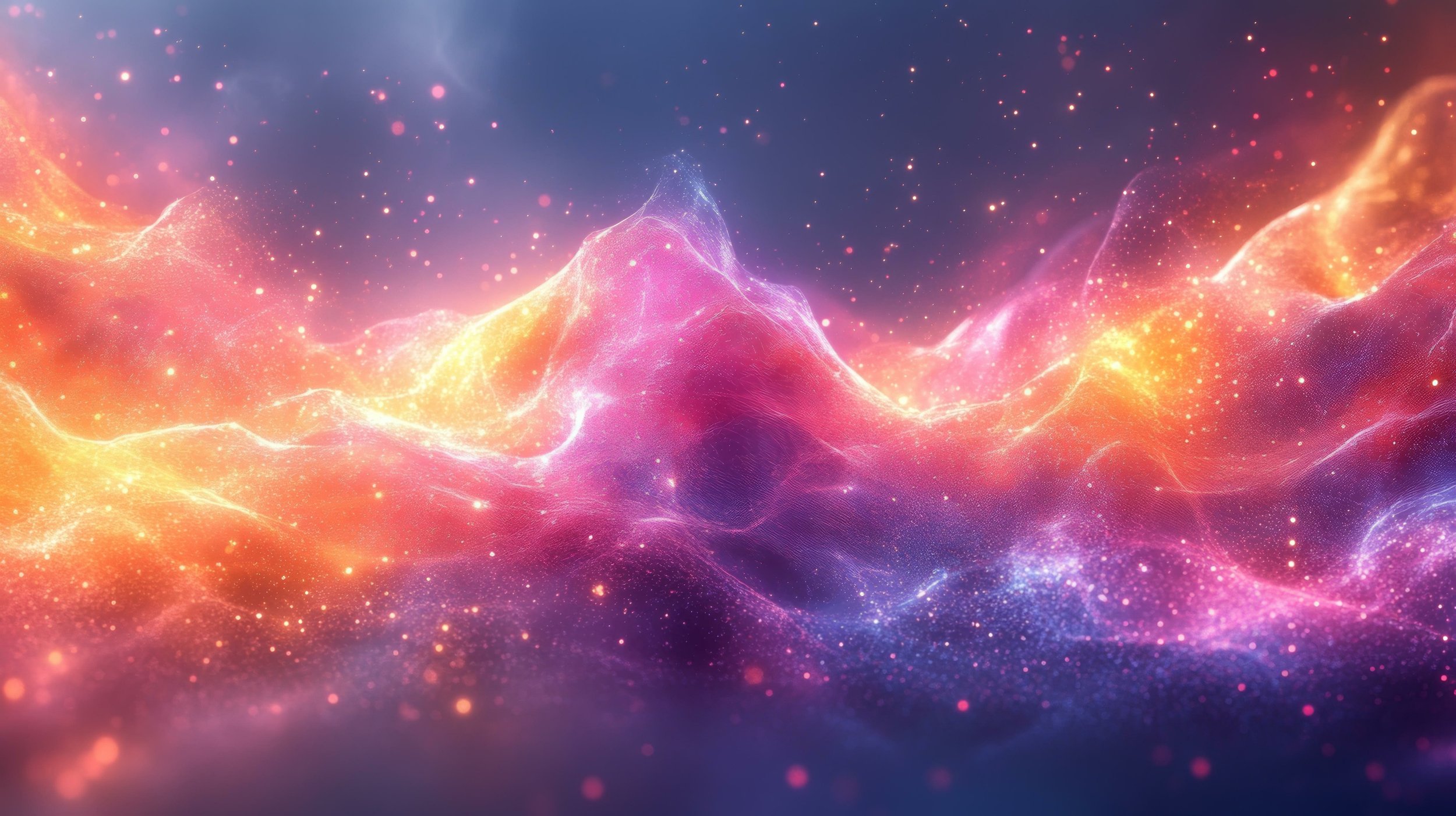ACUPUNCTURE & WELLNESS BLOG
Explore the intersection of ancient medicine and modern health through practical insights and easy-to-follow tips
EXPLORE MORE BELOW
Stuck Energy: Understanding Liver Qi Constraint in Chinese Medicine
Have you ever felt like you’re on edge for no clear reason? Maybe you’re irritable, sighing a lot, or feeling like there’s a lump in your throat when you’re upset? If so, your body might be dealing with something called Liver Qi Constraint.
Have you ever felt like you’re on edge for no clear reason? Maybe you’re irritable, sighing a lot, or feeling like there’s a lump in your throat when you’re upset? If so, your body might be dealing with something called Liver Qi Constraint.
What Is Liver Qi?
In Chinese medicine, the Liver isn’t just a physical organ—it’s responsible for the smooth flow of Qi (energy) throughout the body. When your Qi moves freely, you feel relaxed and balanced. But when it gets stuck, it’s like a traffic jam in your system—everything slows down, pressure builds, and emotions can run high.
What Causes Liver Qi to Get Stuck?
Liver Qi Constraint is often caused by stress, frustration, or emotional repression. Modern life is full of deadlines, social pressures, and responsibilities, and when we don’t have a healthy way to release these tensions, they can get trapped in the body.
Other common triggers include:
✔️ Overthinking or worrying too much
✔️ Holding in emotions instead of expressing them
✔️ A sedentary lifestyle with little movement
✔️ Poor diet—especially too much greasy, spicy, or processed food
Signs That Your Liver Qi Might Be Stagnant
If Liver Qi isn’t flowing smoothly, it can lead to a variety of symptoms, including:
🔹 Feeling easily irritated or short-tempered
🔹 Frequent sighing (your body’s attempt to move stuck energy)
🔹 A tight sensation in the chest or throat (Plum Pit Qi)
🔹 Digestive discomfort, bloating, or gas
🔹 Irregular or painful menstruation in women
🔹 Tension headaches, jaw clenching, or tight shoulders
How to Get Your Liver Qi Moving
The good news is that Liver Qi loves movement, expression, and flow! Here are some simple ways to help:
🌿 Move Your Body – Exercise, stretching, or even a short walk can help release stuck energy.
💨 Breathe Deeply – Focused breathing exercises (like belly breathing) can help Qi circulate.
💆♂️ Acupressure & Massage – Gently massaging the area between your ribs or pressing on the acupuncture point Liver 3 (on the top of your foot between the first and second toes) can help move stagnant Qi.
🍵 Drink Soothing Teas – Peppermint, chrysanthemum, or rose tea can help smooth the Liver’s energy.
😊 Express Yourself – Journaling, talking to a friend, or even yelling into a pillow (yes, really!) can help release pent-up emotions.
🥦 Eat Light & Green – Bitter greens like dandelion, kale, or arugula can help support the Liver’s function.
Acupuncture: A Powerful Tool for Freeing Stuck Qi
One of the most effective ways to release Liver Qi Constraint is through acupuncture. By inserting fine needles into specific points along the body’s meridians, acupuncture helps to:
✔️ Unblock stagnation – It encourages Qi to flow freely, relieving tension and stress.
✔️ Calm the nervous system – Acupuncture reduces stress hormones, helping you feel more relaxed and emotionally balanced.
✔️ Alleviate physical symptoms – Whether it’s digestive issues, headaches, or muscle tightness, acupuncture works to bring the body back into harmony.
Common acupuncture points used to soothe Liver Qi include:
🔹 Liver 3 (Tai Chong) – Located on the top of the foot, this point is excellent for getting Qi unstuck.
🔹 Gallbladder 34 (Yang Ling Quan) – Found on the outer lower leg, this point is great for tension and irritability.
🔹 Pericardium 6 (Nei Guan) – A go-to point for calming the mind and easing emotional stress.
Many people feel a sense of relief—even after just one session! But for deeper, long-term balance, regular treatments may be recommended.
When to Seek Help
If you’ve been feeling stuck for a while and lifestyle changes aren’t enough, working with an experienced acupuncturist or herbalist can be a game-changer. Chinese medicine has been treating Liver Qi Constraint for thousands of years with acupuncture, herbal formulas, and lifestyle recommendations.
Remember—your body is always communicating with you. If you feel stuck, frustrated, or overwhelmed, it might just be your Liver asking for a little help to get things flowing again.
ACUPUNCTURE | ROCHESTER, NY
The Classical Chinese Medicine Perspective on Blood (Xue)
In the realm of Classical Chinese Medicine (CCM), blood, or xue (血), is more than just a physical substance coursing through the veins. It is a profound concept that embodies the intricate interplay between the yin and yang forces, representing the essence of life itself.
In the realm of Classical Chinese Medicine (CCM), blood, or xue (血), is more than just a physical substance coursing through the veins. It is a profound concept that embodies the intricate interplay between the yin and yang forces, representing the essence of life itself.
Blood as a Mixture of Yin and Yang
Unlike the conventional perspective that primarily views blood as a physical and primarily yin substance, CCM offers a more nuanced understanding. Blood in CCM is perceived as a dense and vital mixture of both yin and yang energies. This mixture is essential because it allows blood to perform its vital functions in sustaining life. The balance between these two forces—yin and yang—within the blood is what makes it a unique and powerful substance in the body.
Yin, often associated with coolness, stillness, and nourishment, gives blood its nurturing quality. It is the aspect of blood that nourishes the organs, tissues, and muscles, ensuring that the body remains hydrated and moisturized. Yang, on the other hand, is linked with warmth, activity, and movement. It provides the dynamic force that allows blood to circulate throughout the body, delivering essential nutrients and removing waste.
This duality within blood reflects the broader principle in CCM that health is a state of balance between yin and yang. When these forces are in harmony, the blood can effectively perform its functions, and the individual experiences a state of well-being. Conversely, when there is an imbalance—whether an excess or deficiency of yin or yang—the blood becomes compromised, leading to various health issues.
The Symbolic Role of Blood in CCM
Beyond its physiological roles, blood in CCM also holds a deeper, more symbolic significance. It is considered a carrier of the essence of heaven and earth, reflecting the connection between the human body and the cosmos. This perspective highlights the holistic nature of CCM, where the physical body is seen as interconnected with the universe, and health is understood as a reflection of this harmony.
Blood's role in maintaining this harmony is crucial. It not only sustains the physical body by nourishing it but also supports the emotional and spiritual well-being of the individual. In CCM, blood is closely linked with the heart and spirit (shen), influencing emotions, consciousness, and mental clarity. A balanced and harmonious flow of blood is believed to contribute to a calm and peaceful mind, while disruptions in blood flow can lead to emotional disturbances and mental unrest.
Blood Pathologies in CCM
When the balance of yin and yang within the blood is disturbed, it can manifest in various pathological conditions. For example, a deficiency of yin within the blood might lead to symptoms such as dryness, dizziness, and palpitations, while an excess of yang could cause heat-related issues such as irritability, insomnia, and flushed skin.
CCM practitioners approach these imbalances by seeking to restore harmony through various therapeutic methods, including herbal medicine, acupuncture, and dietary adjustments. The goal is not just to treat the symptoms but to address the underlying imbalance of yin and yang, thereby restoring the natural harmony within the blood and, by extension, the entire body.
Conclusion
The Classical Chinese Medicine perspective on blood offers a profound and holistic understanding of this vital substance. By viewing blood as a dynamic mixture of yin and yang, CCM emphasizes the importance of balance in maintaining health. This perspective goes beyond the physical aspects of blood, recognizing its role in connecting the individual to the cosmos and influencing emotional and spiritual well-being.
Understanding blood through the lens of CCM allows for a deeper appreciation of the intricate and interconnected nature of health, offering valuable insights into how we can maintain balance in our lives.

































Acid reflux. GERD. Heartburn. Whatever name it goes by, it’s become a staple in the lives of far too many. Whether triggered by stress, food, or an overtaxed system, the burning in the chest and sour taste in the mouth are often treated with quick fixes like antacids or proton pump inhibitors.